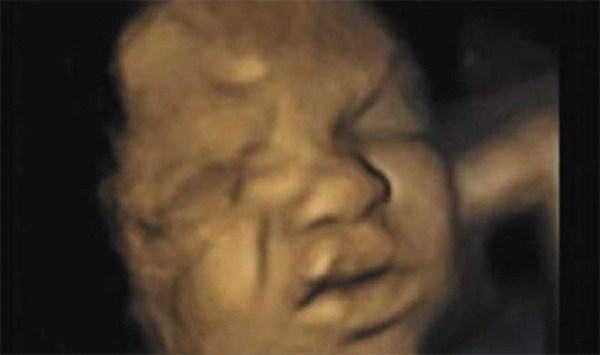The 2018 midterm elections are certainly important for pro-lifers. If Republicans maintain control of the Senate, it would be far easier to confirm constitutionalist judges who would be likely to uphold state and federal pro-life laws. If Republicans are able to hold on to majorities in both the House and Senate – that would make it easier to pass a variety of protective pro-life laws at the federal level, including the Pain Capable Abortion Protection Act which would protect unborn children after 20 weeks of gestation.
While federal elections are garnering a great deal of attention, voters in both West Virginia and Oregon will have the unique opportunity to protect unborn children through direct democracy.
On November 6th, West Virginia residents will have the chance to vote on Amendment 1 and Oregon residents will have the chance to vote on Measure 106. Both ballot measures are similar. Each would amend its respective state’s constitution to prevent taxpayers from having to pay for elective abortions through the state’s Medicaid program. The federal Hyde Amendment largely prevents the federal government from paying for abortions except in cases of rape, incest, and life of the mother. However, 17 states, including Oregon and West Virginia, use state taxpayer dollars pay for elective abortions for women on Medicaid.
Interestingly, in almost every state, the decision to use taxpayer dollars to fund elective abortions did not come through the democratic process. In 2017, Illinois Governor Bruce Rauner because the first sitting Governor to sign legislation requiring that a state Medicaid program cover elective abortions. Twelve states, including West Virginia and Oregon, fund abortions through Medicaid because of a judicial ruling. In the other four states, state Medicaid agencies simply started reimbursing physicians who performed abortions and subsequent legal action by pro-lifers was unsuccessful at changing this policy.
Both ballot propositions are important. First, even though overall abortion numbers have been declining, the number of publicly funded abortions has been increasing in many states. Furthermore, a substantial body of academic research finds that the best legislative strategy to reduce abortion rates is to limit taxpayer funding of abortion. In 2009, the Guttmacher Institute conducted a comprehensive literature review of the impact of Medicaid funding restrictions. A vast majority of the studies found that public funding limits reduced state abortion rates. In fact Guttmacher acknowledged “the best studies…found that 18 to 37 percent of pregnancies that would have ended in Medicaid funded abortions were carried to term when funding was no longer available.”
REACH PRO-LIFE PEOPLE WORLDWIDE! Advertise with LifeNews to reach hundreds of thousands of pro-life readers every week. Contact us today.
Taxpayer funded abortions are common. In Oregon, taxpayers have paid for over at least 3,300 abortions every year since 2002 and in 2016, Oregon taxpayers paid for over 40 percent of all abortions that were performed in the state. In West Virginia, the number of Medicaid funded abortions has risen dramatically in recent years. Between 2013 and 2017, the number of Medicaid abortions more than tripled, going from 502 to 1,560. Some have speculated that part of this increase may be due to the state’s Medicaid expansion which was subsidized by the Affordable Care Act. As such, both Measure 106 and Question 1 have the ability to save hundreds of innocent lives every year.
Since the Roe v. Wade decision, pro-life activists have made relatively little use of direct democracy. The costs of qualifying a proposal for the ballot and running an effective campaign has discouraged many state and local pro-life groups from using the initiative process. However, there are still some success stories. Pro-life activists were able to successfully use direct democracy to limit public funding of abortion in Colorado in 1984 and Arkansas in 1988. In recent years, pro-lifers have enjoyed more success. Since 2004 pro-lifers have succeeded in passing pro-life parental involvement laws in Florida, Alaska, and Montana. All three of these measures passed with over 55 percent of the vote.
Additionally, limiting taxpayer finding of abortion is a public policy issue that has widespread appeal. Four consecutive surveys taken by the Marist Poll finds that over 60 percent of people oppose taxpayer funding of abortion. Furthermore a July 2016 Marist poll even found that 44 percent of Democrats and even 45 percent of people who explicitly identify as pro-choice oppose taxpayer funding of abortion. Pursuing incremental legislation that can save lives has always been an effective strategy for pro-lifers.
As such, both Question 1 in West Virginia and Measure 106 in Oregon merit strong pro-life support.
LifeNews Note: Michael J. New is an Associate Professor of Economics at Ave Maria University and an Associate Scholar at the Charlotte Lozier Institute. He is a former political science professor at the University of Michigan–Dearborn and holds a Ph.D. from Stanford University. He is a fellow at Witherspoon Institute in Princeton, New Jersey.








